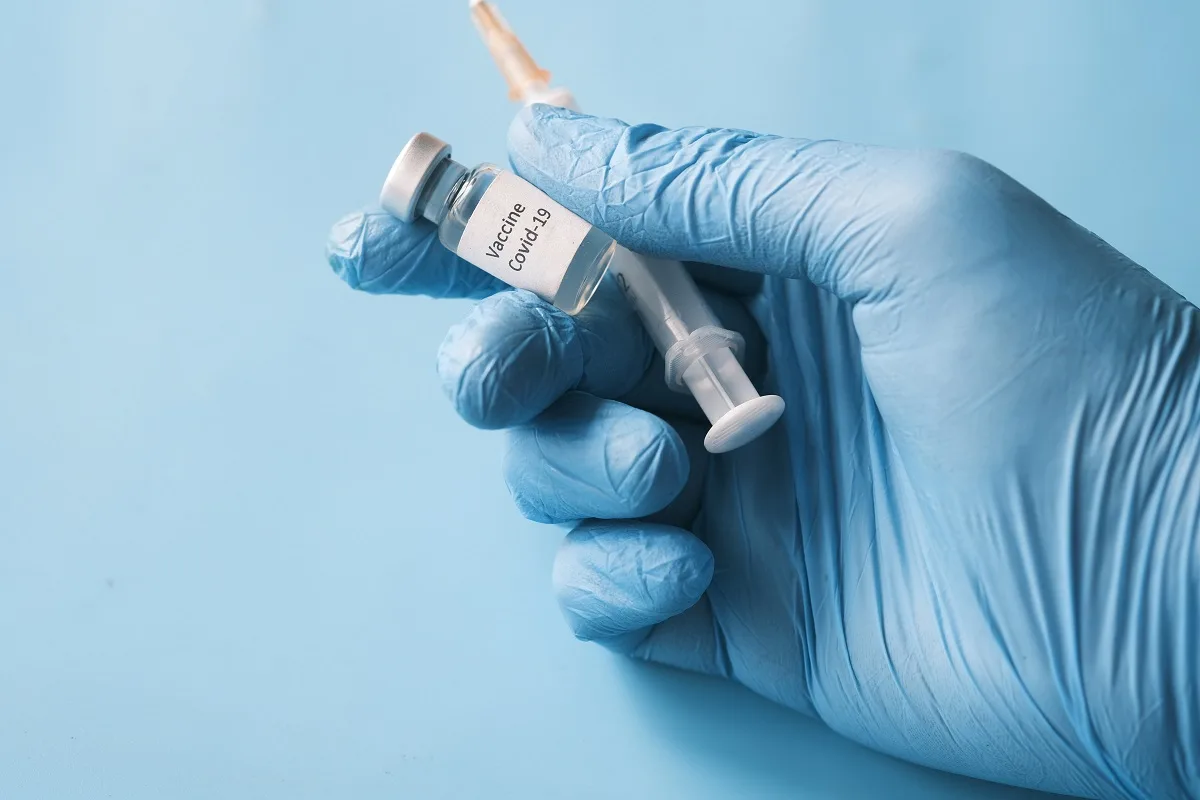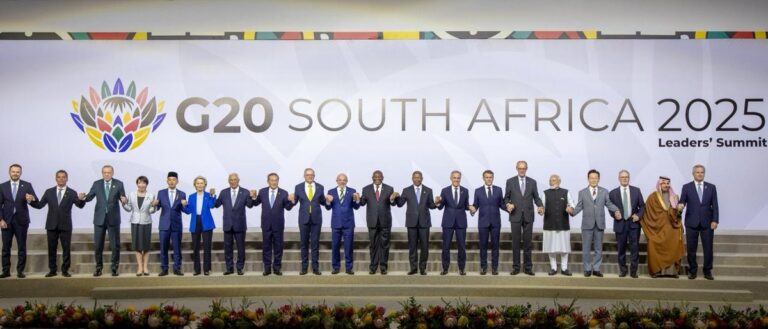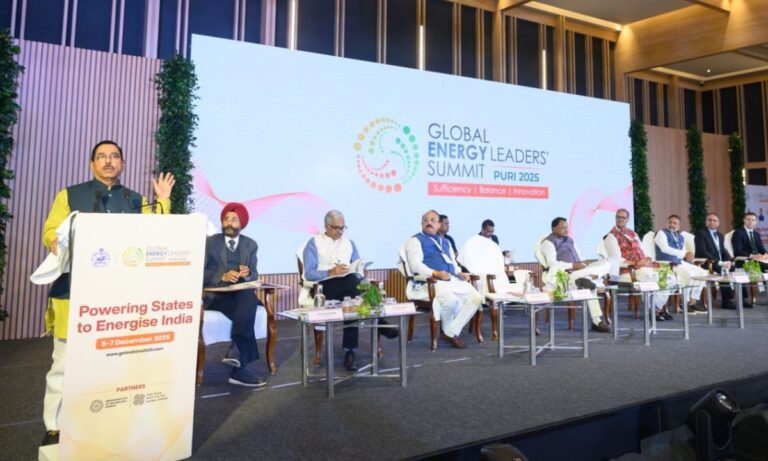
A Global Leap Towards Health: Immunization Progress in 2022 (Pics Credit: Unsplash)
In a momentous joint announcement, the World Health Organization (WHO) and the United Nations Children’s Fund (UNICEF) declared remarkable progress in global immunization efforts during 2022. Over 4 million more children received life-saving vaccinations compared to the previous year, signifying a united global effort to combat vaccine-preventable diseases. Let’s explore the major advancements, positive trends, challenges, and key initiatives that have shaped this significant milestone.
Table of Contents
Major Progress in Global Immunization Efforts
- DTP3 Vaccine Usage as a Global Marker: The DTP3 vaccine, safeguarding against diphtheria, tetanus, and pertussis (whooping cough), stands as a vital indicator for global immunization coverage. In the WHO South-East Asia Region, the number of children without any DPT vaccine doses halved from 4.6 million in 2021 to 2.3 million in 2022, marking a substantial improvement.
- DPT3 Coverage in India: India achieved a record-high DPT3 coverage rate of 93% in 2022, surpassing its pre-pandemic best of 91% in 2019. This notable achievement reflects the dedication of the country to protect its children against deadly diseases.
Recovery from Pandemic-related Disruptions
- Restoring Immunization Coverage: Out of 73 countries that faced significant immunization coverage declines during the pandemic, 15 have successfully recovered to pre-pandemic levels, while 24 others are on their way to recovery. This demonstrates resilience and collective efforts in overcoming pandemic challenges.
- HPV Vaccination Rates: Human papillomavirus (HPV) vaccination rates have returned to pre-pandemic levels, although they still fall short of the 90% target. Focused initiatives are crucial to bridge this gap and enhance protection against HPV-related diseases.
Lingering Disparities and Ongoing Challenges
- Uneven Recovery and System Strengthening: While many countries achieved commendable recoveries, smaller and less affluent nations continue to face challenges in revitalizing immunization services. To address this, 34 countries require ongoing support and strengthening of immunization systems.
- Measles Vaccination: A Cause for Concern: Measles vaccination rates have not rebounded as effectively as other vaccines, leading to an increased risk of measles infections for 35.2 million more children globally. Although the first dose measles vaccination coverage improved to 83% in 2022, it remains lower than the 86% achieved in 2019, demanding targeted interventions.
Major Global Initiatives Related to Immunization
- Immunization Agenda 2030 (IA2030): IA2030 outlines a visionary global strategy for vaccines and immunization from 2021 to 2030. The agenda aims to reduce by 50% the number of children receiving zero vaccine doses, introduce 500 new or under-utilized vaccines in low- and middle-income countries, and achieve 90% coverage for essential childhood vaccines by the end of the decade.
- World Immunization Week: Every year, the last week of April celebrates World Immunization Week, promoting awareness and advocating for increased immunization efforts worldwide. The theme for 2023, ‘The Big Catch-up,’ emphasizes closing the immunization gap left by the pandemic.
Status of Immunization in India
India’s Universal Immunization Programme (UIP) and Mission Indradhanush are essential components of the nation’s immunization efforts.
- Universal Immunization Programme (UIP): The UIP offers free immunization against 12 vaccine-preventable diseases nationally and three diseases sub-nationally. Notably, India accomplished the eradication of polio in 2014 and the elimination of maternal and neonatal tetanus in 2015 through the UIP.
- Mission Indradhanush (MI): Launched in 2014 by the Ministry of Health and Family Welfare (MOHFW), MI aims to immunize all unvaccinated and partially vaccinated children under the UIP. It is being executed in multiple phases to reach vulnerable populations.
Conclusion
The collective efforts of WHO, UNICEF, countries, and international organizations have resulted in remarkable progress in global immunization efforts during 2022. Positive trends in DTP3 vaccine coverage and recovery from pandemic disruptions demonstrate a promising future in combating vaccine-preventable diseases. However, challenges like uneven recovery and measles vaccination disparities require targeted actions to ensure equitable immunization coverage worldwide. India’s immunization programs, UIP and Mission Indradhanush, have played a vital role in safeguarding millions of children’s health, necessitating continuous dedication to achieve their full potential. Together, the world is taking a giant leap towards a healthier and safer future through increased vaccination efforts.
Watch: It’s time to get essential immunization back on track






